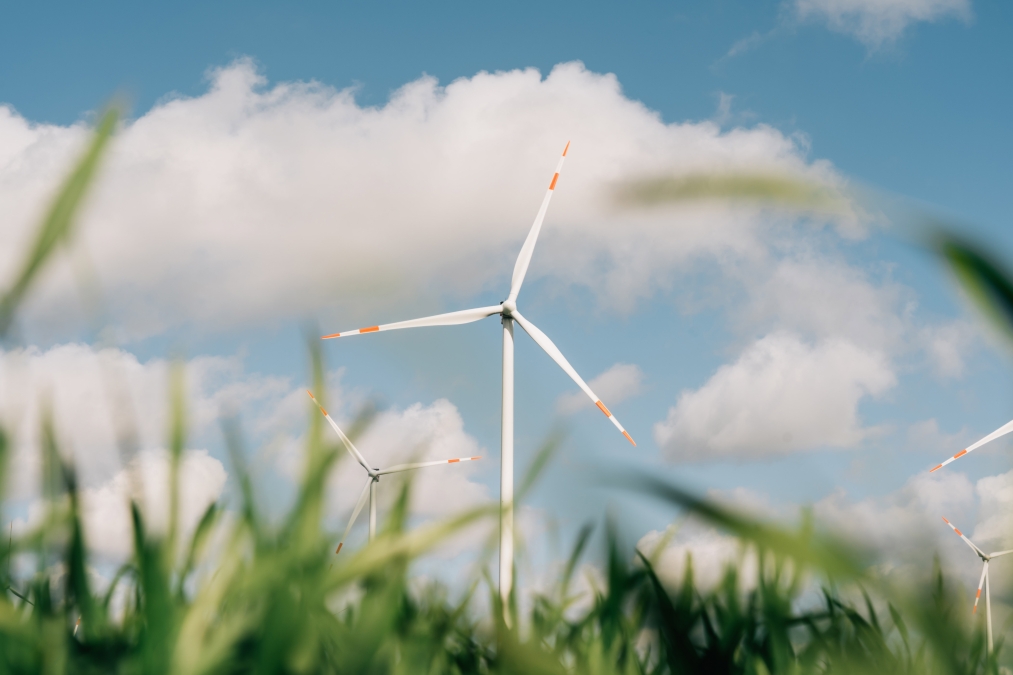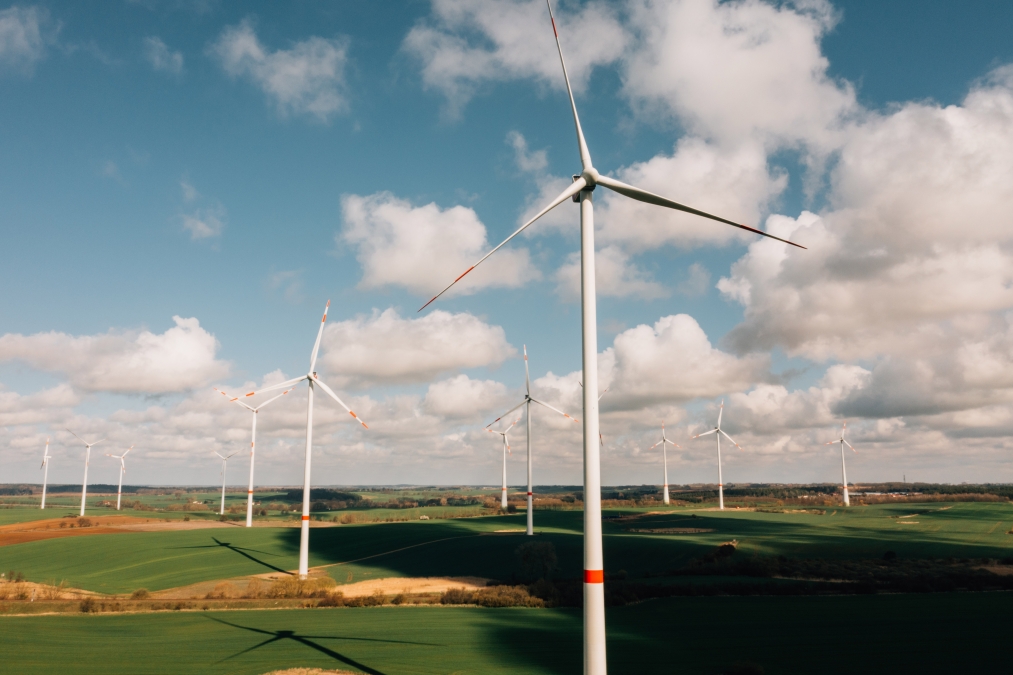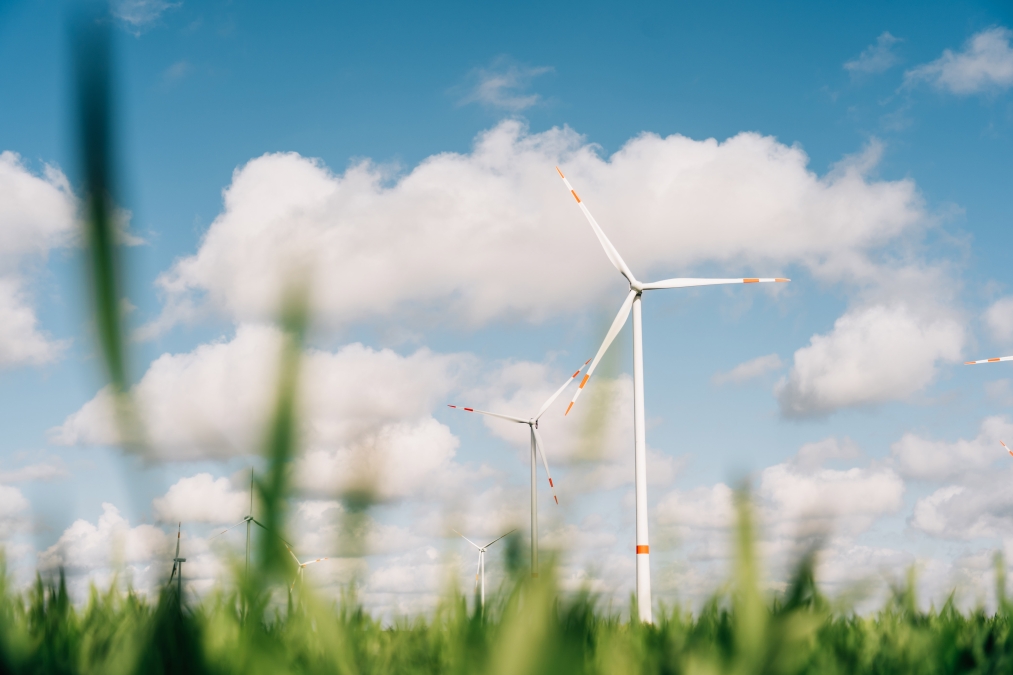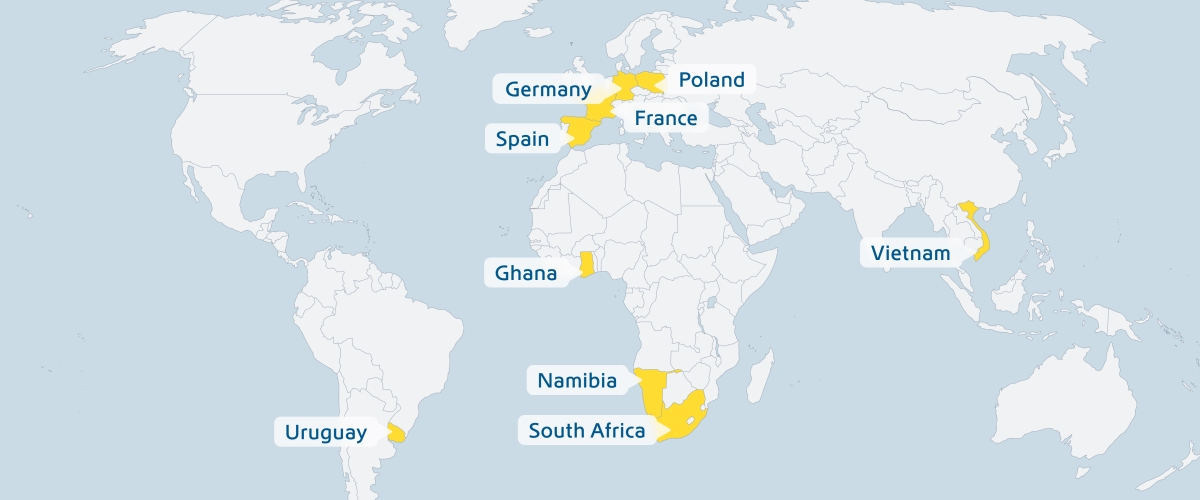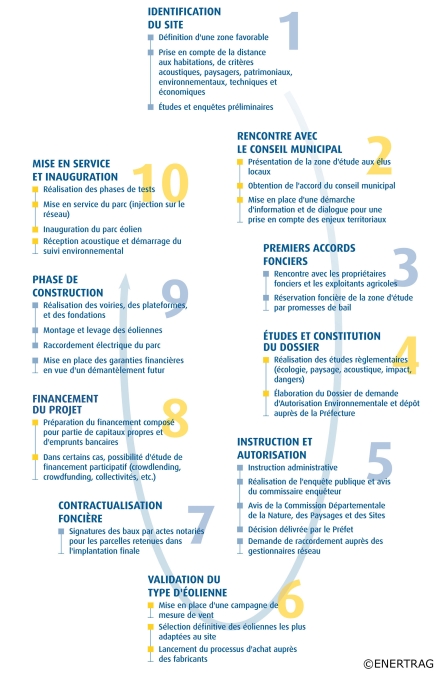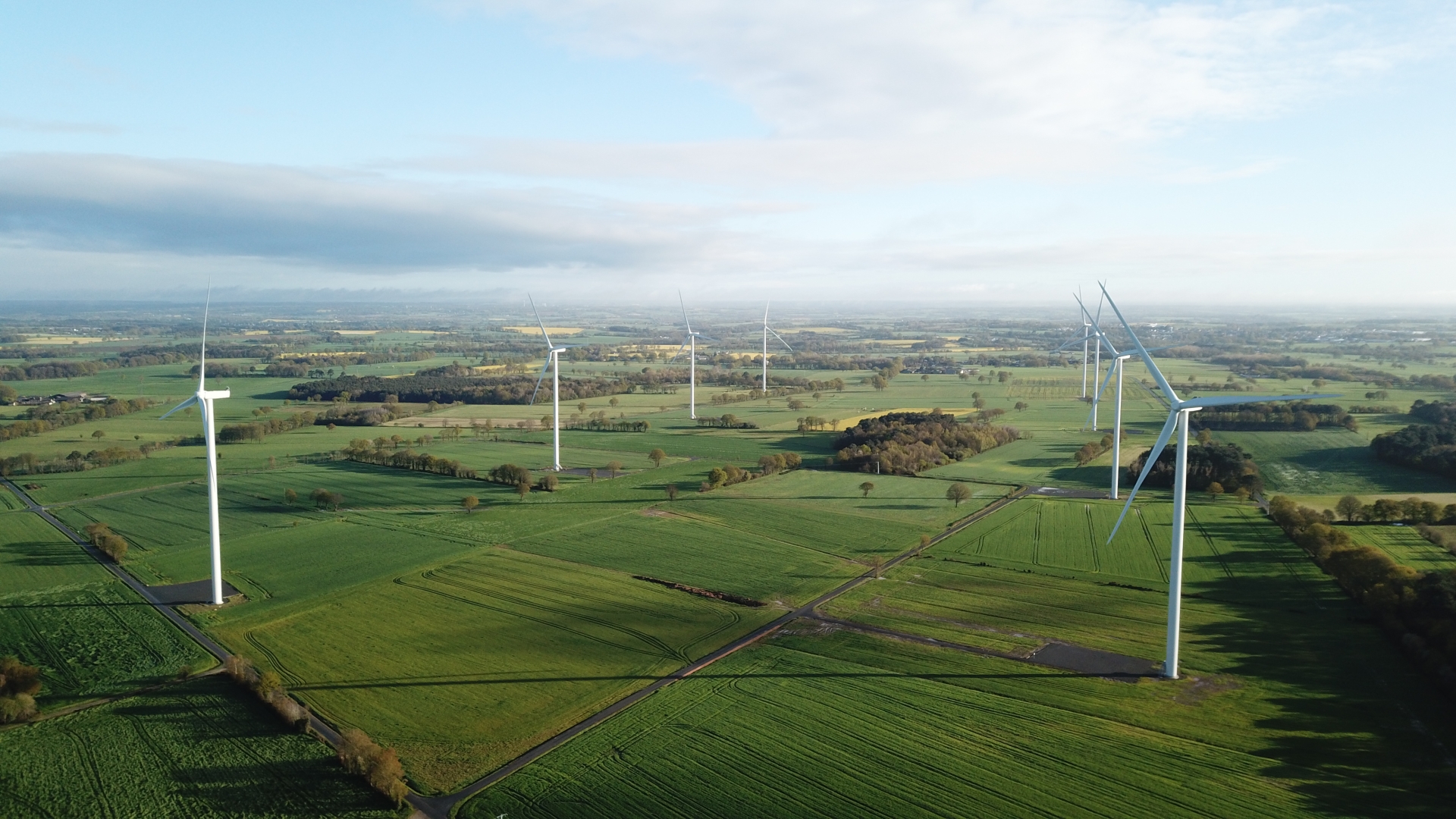
Wind power at ENERTRAG
At ENERTRAG we are committed to providing sustainable and efficient energy solutions to meet the needs of local authorities. Today, wind power is recognized as one of the fastest, most productive and cost-effective means of energy production for local authorities to install. By opting for this renewable energy source, local authorities can not only meet their political objectives in terms of energy production, but also make a significant contribution to combating and adapting to climate change.
That's why we're promoting wind power as a key pillar of our commitment to local communities.
This is why we maintain regular contact with our contacts on local and inter-communal councils, organize information meetings with local residents and property owners, visit schools to raise awareness among future neighbors of wind turbines, organize visits to wind farms and work with local businesses as much as possible.
It's clear that a wind farm is first and foremost a territorial issue:
Because it's important for every region to be involved in implementing ambitious policies to achieve a successful energy transition, such as the Positive Energy Territories (TEPOS), which manage to produce as much or more energy than they consume, or through Intercommunal Local Urban Plans (PLUi).
Because the installation of a wind farm questions and interests adults and children, and contributes to local economic activity.

Project development
ENERTRAG is present throughout the life cycle of a wind farm. A territorial project manager is responsible for monitoring the wind farm at every stage of the project. Ensuring that the wind farm is properly integrated, he organizes the necessary information meetings with stakeholders and the local communities concerned.
Reasoned development
The success of a wind farm depends on two main factors:
1. its long-term economic viability;
2. its environmental and social integration into the local community.
ENERTRAG is therefore committed to involving local communities from the outset of the wind farm project. This dialogue is designed to take into account the constraints and wishes of the local community and population, and to ensure that the project is well communicated.
We therefore maintain regular contact with our contacts on local and inter-communal councils, organize information meetings with local residents and property owners, visit schools to raise awareness among future neighbors of wind turbines, organize visits to wind farms, and work with local businesses as much as possible.
It's clear that a wind farm is first and foremost a territorial issue:
Because it's important for every region to be involved in implementing ambitious policies to achieve a successful energy transition, such as the Positive Energy Territories (TEPOS), which manage to produce as much or more energy than they consume, or through Intercommunal Local Urban Plans (PLUi).
Because the installation of a wind farm questions and interests adults and children, and contributes to local economic activity. Our achievements
The development cycle of a wind farm
Construction
As prime contractor and owner, ENERTRAG orchestrates all the work carried out by the many different trades involved in the project, according to precise specifications. We ensure that the wind farm is built in a way that respects the environment, local residents and site workers.
Earthworks
Roads and bends are reinforced and/or created to withstand the passage of abnormal loads. Drains and ditches are installed to ensure the continuity of rainwater runoff. Platforms are created at the foot of each machine to accommodate the cranes used to lift the wind turbines.
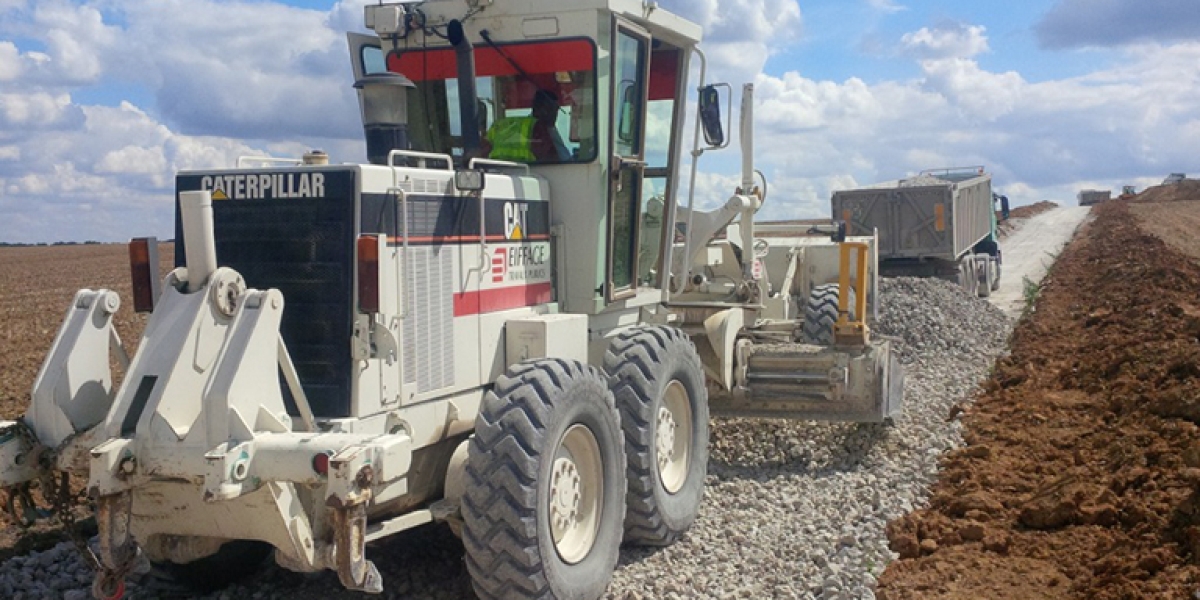
Foundations
Excavations approximately 20 m in diameter and 2.5 m deep are dug to accommodate the wind turbine foundations. A steel framework is then installed to distribute the stresses inflicted by the weight of the turbine. Concrete is then poured at the bottom of the excavation. Finally, the foundation is sealed and backfilled with soil stored around the periphery of the platform.
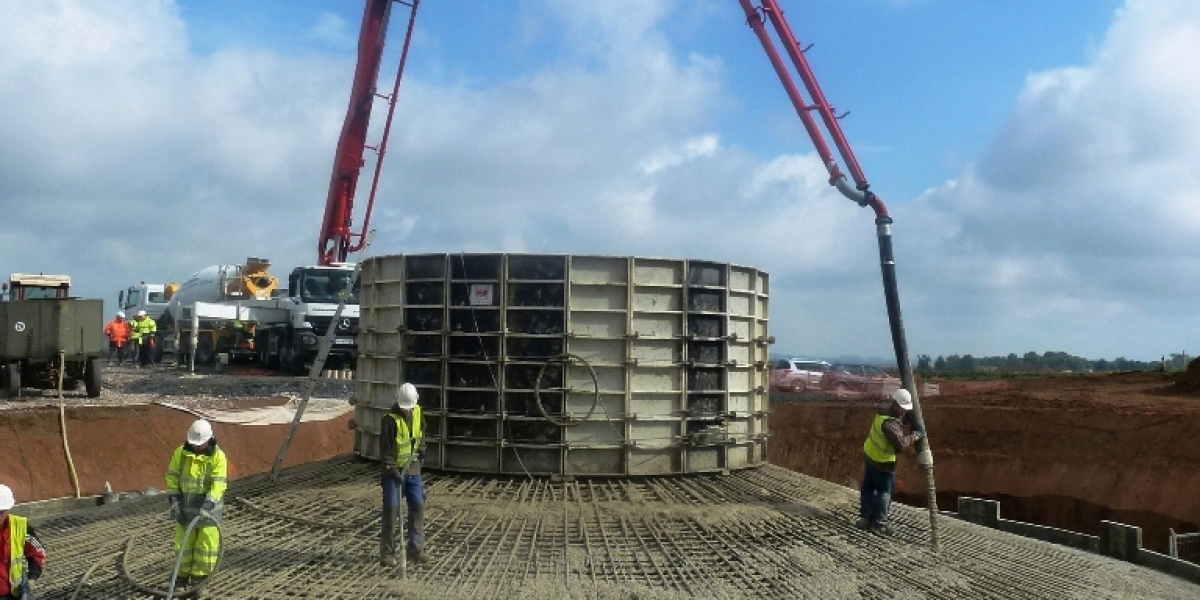
Electrical connection
The electrical connection is made between the wind turbines and the delivery station. The cabling is laid using a trencher and excavator, so as not to damage any existing drainage networks. Before the cable is laid, the topsoil is stockpiled and re-used to ensure crop quality. One or more delivery stations are installed by ENERTRAG. Their main functions are production metering, electrical protection of the entire park and communication with the management center.

Wind turbine installation
The various components of the wind turbines are delivered to the site by special convoys. Assembly must be carried out in calm weather. The mast, subdivided into several sections, is assembled on the shell set in the concrete foundation, then bolted. The nacelle, previously equipped on the ground (anemometers, wind vanes, etc.), is raised and attached to the mast. Next comes the assembly of the rotor, with its three blades attached to the hub, and finally its lifting by two large cranes.
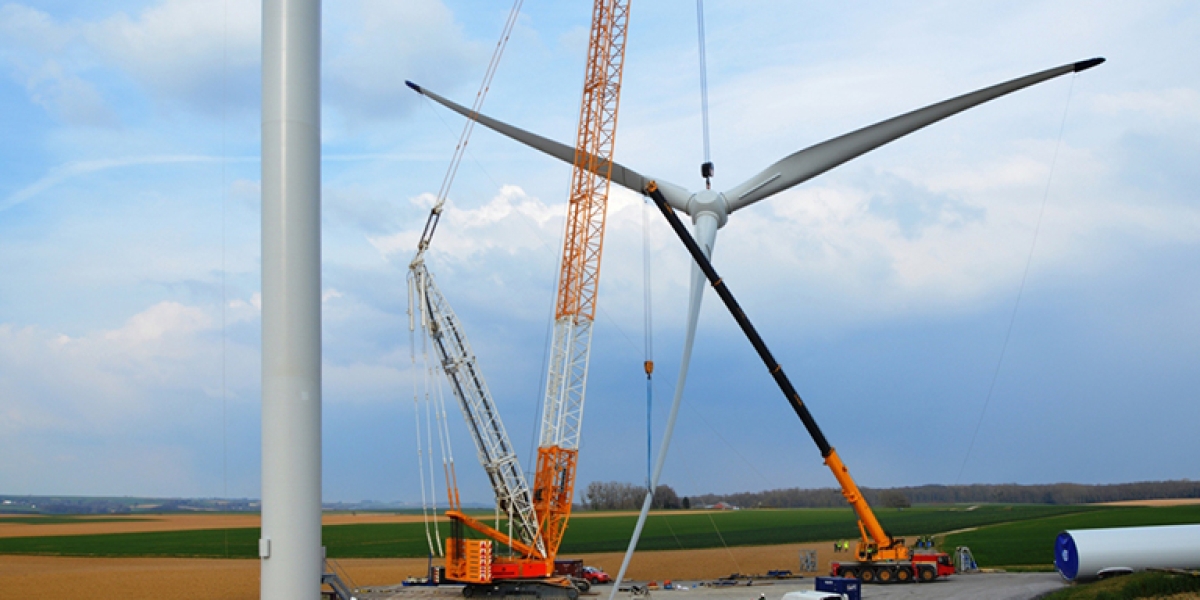
Commissioning
Once the wind turbines have been assembled and a test phase completed, the wind farm is connected and commissioned, delivering the first kWh to the grid.

